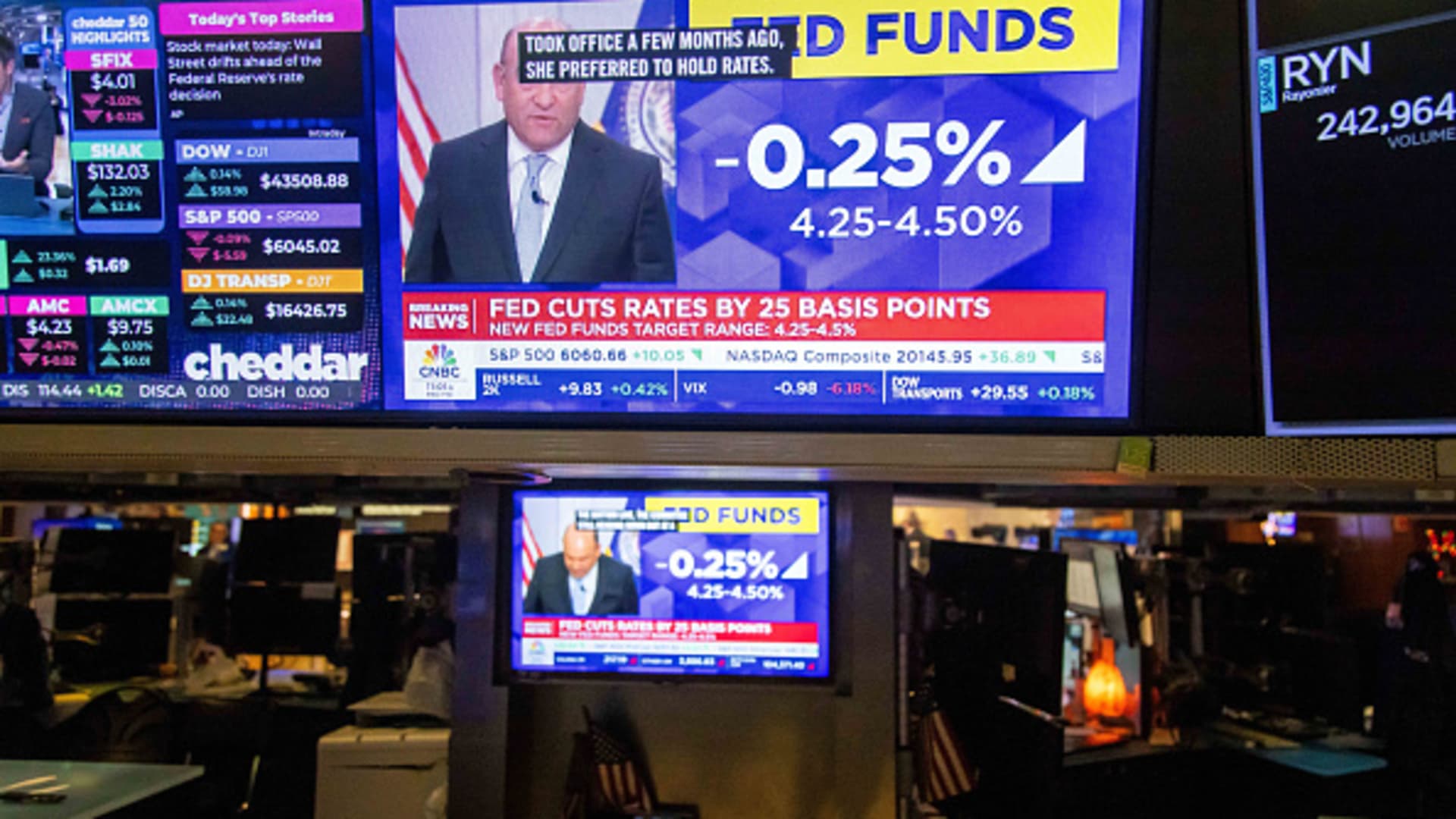Highlights:
– The Federal Reserve surprised the markets by indicating fewer rate cuts than expected.
– Bond vigilantes have been signaling concerns over inflation, deficits, and tariffs.
– The stock market has largely ignored these concerns, leading to a potential correction.
The Fed’s Surprising Move and Market Response
The recent announcement by the Federal Reserve to scale back on expected interest rate cuts has sent ripples through the financial markets. The shift from anticipating four rate cuts in 2025 to only two or less caught many investors off guard, leading to a significant response across stocks, the dollar, and bond yields. The CBOE Volatility Index saw a rare one-day spike of 60%, reflecting the sudden market turmoil triggered by the Fed’s unexpected decision.
This move by the Fed is seen as a significant departure from the dovish stance many had anticipated, signaling a more cautious approach to future rate adjustments. The market’s response, though seemingly exaggerated due to extreme positioning in stocks, underscores the underlying concerns raised by bond vigilantes over inflation, deficits, and tariffs. While the stock market had been largely dismissive of these warnings, recent developments indicate a potential convergence between the stock and bond markets, reflecting a more balanced assessment of economic risks.
Bond Vigilantes’ Warnings and Implications on Stocks
Bond vigilantes have long been voicing apprehensions regarding key economic factors such as inflation, deficits, and tariffs, which the stock market seemed to have overlooked. The divergence between the Fed’s rate cuts and the upward trend in long-term Treasury yields highlights persisting concerns about inflation in the bond market. Moreover, the impact of the Trump administration’s policies, including rate cuts and tariffs, is viewed as potentially inflationary, adding another layer of uncertainty for investors.
The higher deficit and escalating interest expense on the debt pose significant challenges for the government, especially if interest rates increase further. While the stock market has been surging despite these warnings, recent market stress and signs of overbought conditions indicate a possible correction in the near term. As investors await the upcoming inflation data release, optimism regarding a short-term rally is balanced by the need for economic indicators to align with market expectations for sustained growth.
Reflections on Market Dynamics and Future Outlook
The recent Fed announcement and market response shed light on the complexities of balancing economic factors and market sentiments. The correction in the stock market following the Fed’s move serves as a reminder of the underlying risks that had been brewing in the financial markets. Moving forward, investors will closely monitor indicators like the PCE data and economic performance to gauge the trajectory of stock market movements.
Addressing the concerns raised by bond vigilantes and reconciling market expectations with economic realities will be crucial for navigating potential market turbulence. As uncertainties loom over inflation, deficits, and geopolitical factors, finding a delicate balance between growth and stability will be paramount for sustaining market confidence. The interplay between monetary policy, market dynamics, and economic fundamentals will continue to shape investor behavior and market outcomes in the coming periods.
In conclusion, the recent market volatility underscores the importance of a prudent approach to investment decisions amid evolving economic landscapes and policy changes. How can investors adapt their strategies to navigate market uncertainties in light of changing interest rate dynamics? What role will geopolitical factors play in shaping market trends in the coming months? How might central banks calibrate their policies to address both economic risks and market expectations effectively?
The content is provided by Avery Redwood, Financial Pulse Now

























